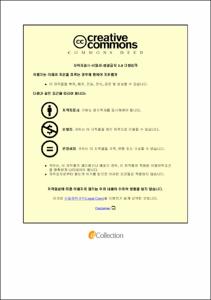Ulsan Univ. Repository
Thesis
General Graduate School
Mechanical & Automotive Engineering
1. Theses (Master)
The effect of stacking sequence and fabrication on mode I, mode II fracture toughness of glass fiber reinforced unsaturated polyester resin composites
- Abstract
- Glass fiber reinforced composites have been widely used as alternative materials for decades because of their better mechanical properties. Two types of glass fiber, chopped strand mat (M) and woven (W), were combined together by using unsaturated polyester resin (UPR) and different stacking sequence. Totally 6 stacking sequences were designed to investigate the effect of stacking sequence based on the tensile properties and fracture toughness as follows: [M4/M4], [W4/W4], [M4/W4], [M/W]4, [M/W/M/W]S, [W/M/W/M]S, and a Teflon film was inserted to the center layer as an initial crack during fracture test. The same stacking sequences were used to verify the optimum fabrication conditions such as vacuum, mixing with multi-walled carbon nanotubes (MWCNTs) into UPR. Several factors such as density, Young’s modulus, Poisson’s ratio and interlaminar fracture toughness of composites were calculated from the experiment data. From the result, the [W/M/W/M]S combination was founded to be the best stacking sequence based on these factors. Besides, the vacuum assistant and MWCNTs had a positive effect on fracture toughness in mode I and mode II tests. Consequently, the properly designed structure is recommended under different fabrication conditions.
- Issued Date
- 2019
- Awarded Date
- 2019-08
- Type
- Dissertation
- Affiliation
- 울산대학교
- Department
- 일반대학원 기계자동차공학과
- Advisor
- 염영진
- Degree
- Master
- Publisher
- 울산대학교 일반대학원 기계자동차공학과
- Language
- eng
- Rights
- 울산대학교 논문은 저작권에 의해 보호받습니다.
- Appears in Collections:
- Mechanical & Automotive Engineering > 1. Theses (Master)
- 파일 목록
-
-
Download
 200000219619.pdf
기타 데이터 / 3.68 MB / Adobe PDF
200000219619.pdf
기타 데이터 / 3.68 MB / Adobe PDF
-
Items in Repository are protected by copyright, with all rights reserved, unless otherwise indicated.